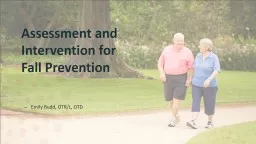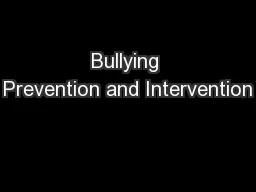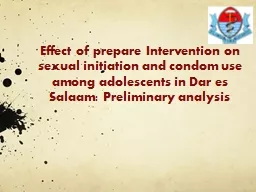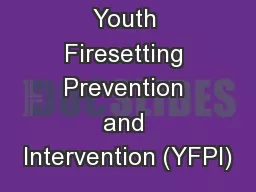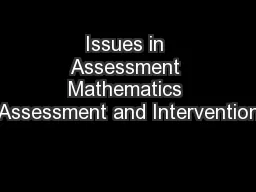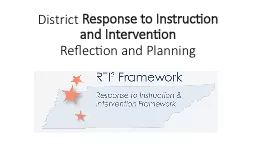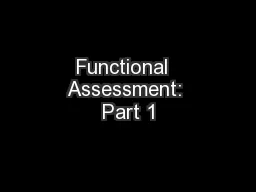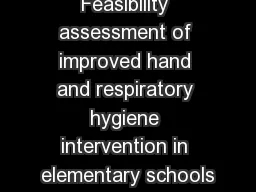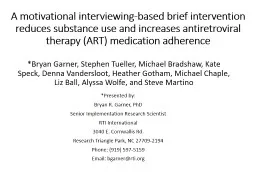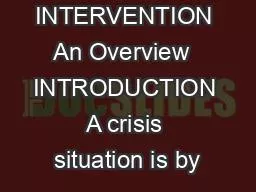PPT-Assessment and Intervention for
Author : liane-varnes | Published Date : 2019-12-22
Assessment and Intervention for Fall Prevention Emily Budd OTRL OTD Objectives Identify falls as an intervention priority for aging adults Differentiate among assessments
Presentation Embed Code
Download Presentation
Download Presentation The PPT/PDF document "Assessment and Intervention for" is the property of its rightful owner. Permission is granted to download and print the materials on this website for personal, non-commercial use only, and to display it on your personal computer provided you do not modify the materials and that you retain all copyright notices contained in the materials. By downloading content from our website, you accept the terms of this agreement.
Assessment and Intervention for: Transcript
Download Rules Of Document
"Assessment and Intervention for"The content belongs to its owner. You may download and print it for personal use, without modification, and keep all copyright notices. By downloading, you agree to these terms.
Related Documents

